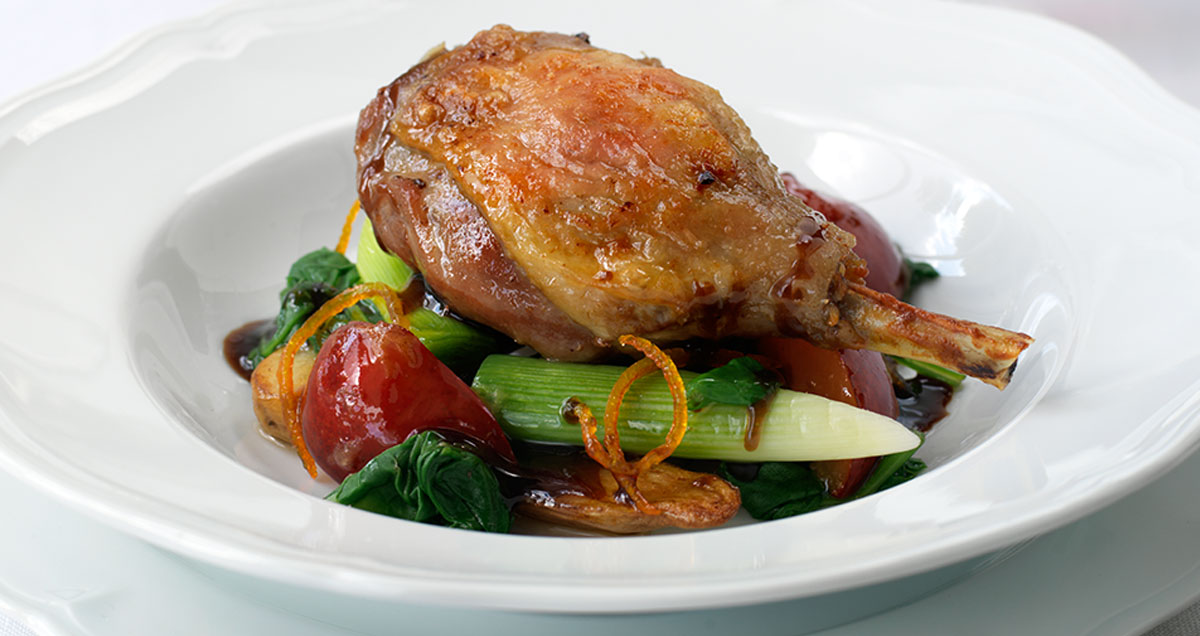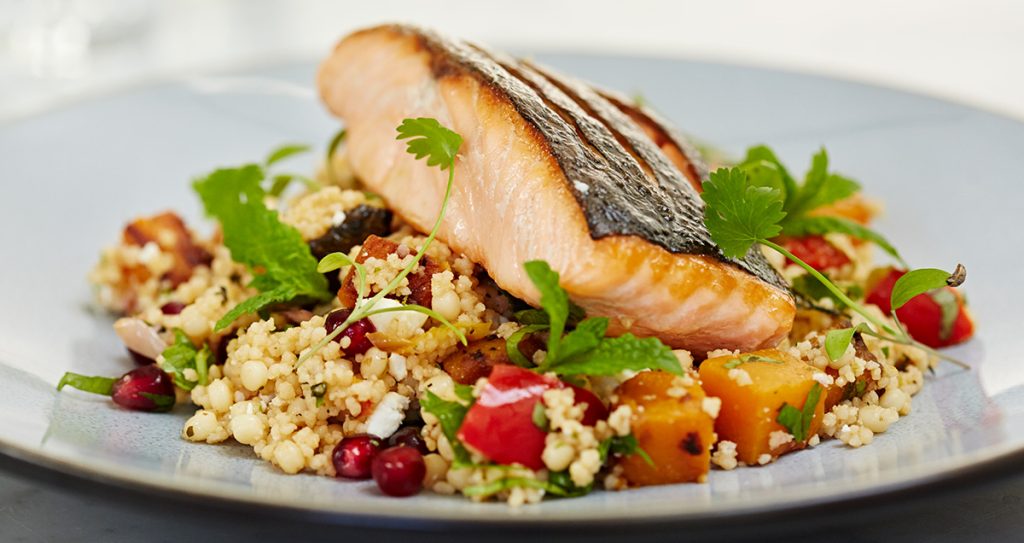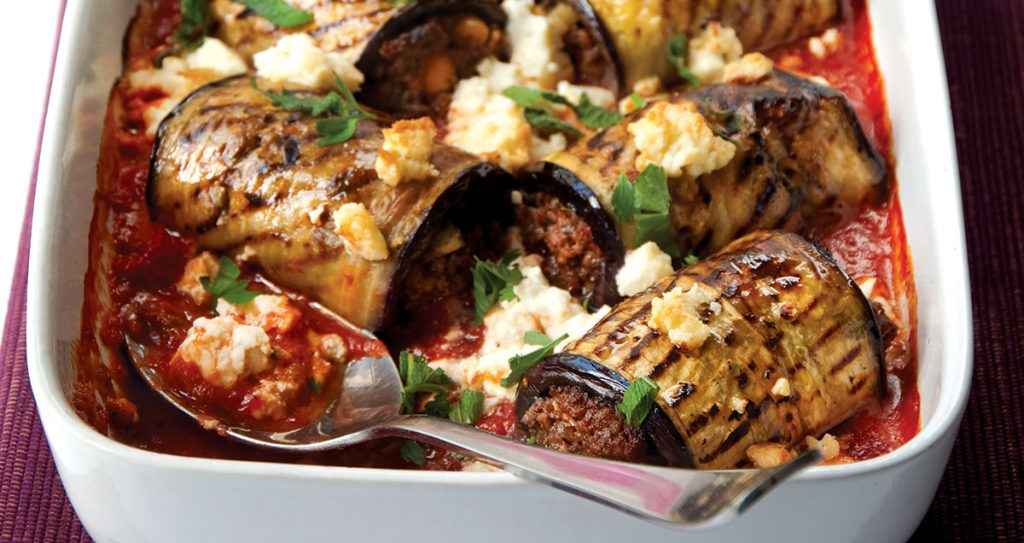, Step by step
Confit of duck with roasted plums, spinach, and baby leeks

Serve over the festive holidays as an alternative to the traditional turkey dinner.
Method
-
Step 1
Place the duck legs, fat, shallots, thyme and garlic into a large heavy based cooking pot. Sprinkle in the pepper and give it a couple of turns of a salt mill. Place in the oven for 2.5 hours at 100°C. Turn halfway through cooking.
-
Step 2
When cooked lift from the fat and place onto a draining rack.
-
Step 3
Cut the new potatoes in half lengthways and then oven roast in a little of the goose fat until golden brown. Now add the plum quarters and roast for a further 5 minutes.
-
Step 4
Place the duck legs into the oven on the rack to crisp up the skin for 10-15 minutes.
-
Step 5
Cook the baby leeks in boiling water for 2 minutes. Then re-heat the spinach and season.
Nutrition
Mark’s delicious alternative Christmas recipe this year is a variation on the traditional French Confit of Duck, in which the duck is cooked at a very low temperature for a long time in fat with salt and which was originally used to preserve the meat.
The sweet plums provide a lovely contrast to the rich flavours of the duck and an interesting change from the more usual orange or cherries often served with duck.
Plums are available most of the year round these days, although the British plum season is relatively short from late July/early August to late September/early October. As plums freeze well, it is worth stocking the freezer when they are in season.
It was apparently the Romans who first brought plums to our shores from Europe. The European plums were cultivated in the medieval monasteries and even Chaucer wrote about them. The most popular British plum – the Victoria plum – was first discovered in 1844 and therefore named after the Queen.
Sugar plums bring to mind Victorian Christmases and the Sugar Plum Fairy from Tchaikovsky’s ballet The Nutcracker. Apparently though, sugar plums were made from all sorts of chopped dried fruits, including dried plums (prunes), mixed with honey and spices, rolled into plum shapes and coated in sugar or coconut.
Wishing you all a Merry Christmas!
DR JULIET GRAY, COMPANY NUTRITIONIST


